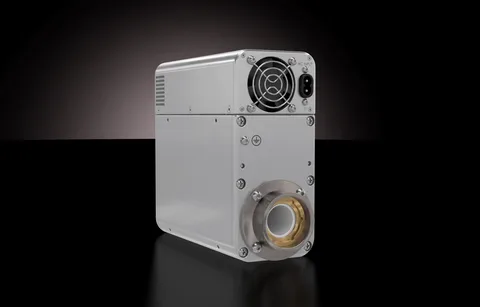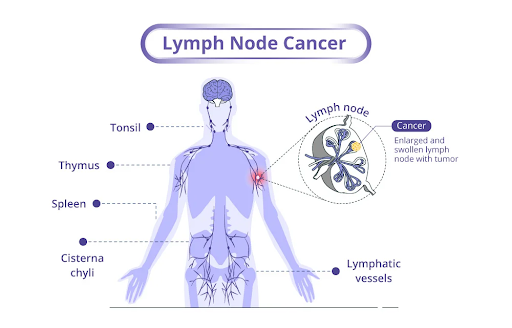How Prostate Cancer Is Diagnosed: Tests, PSA & Biopsy Explained

When men start noticing changes in their urinary habits or simply want to stay ahead of potential health issues, prostate cancer screening becomes an important topic. Many people feel anxious about these tests but understanding how they work can make the entire process feel far less intimidating.
This guide explains the common tests used to diagnose prostate cancer in a gentle, easy-to-understand way, helping you feel prepared and confident.
When Should Someone Consider Testing?
For most men, prostate cancer screening begins as they get older or if they notice persistent changes such as:
- Weak or interrupted urine flow
- Frequent trips to the bathroom at night
- Discomfort during urination
- Blood in urine or semen
Even without symptoms, testing is recommended for:
- Men aged 50 and above
- Men aged 45 with a strong family history
- Anyone experiencing unexplained urinary issues
Early evaluation not only improves treatment outcomes but can also help reduce the long-term Prostate Cancer Treatment Cost in India, because early-stage treatment tends to be simpler and more affordable.
PSA Test: The Starting Point for Most Men
The PSA (Prostate-Specific Antigen) test is usually the first step in prostate cancer diagnosis.
It’s a basic blood test that looks for PSA, a protein produced by prostate tissue.
What Do PSA Levels Mean?
- Normal or Low Levels: Usually nothing concerning.
- Slightly High Levels: Could be due to aging, infection, or prostate enlargement.
- High Levels: Your doctor may recommend additional tests to understand why.
A PSA test doesn’t directly say “you have cancer,” but it signals whether further screening is needed.
DRE: A Quick Physical Examination
A Digital Rectal Examination (DRE) may sound uncomfortable, but it only takes a few seconds.
During this exam, the doctor checks:
- The size of the prostate
- Whether any lumps or hard areas are present
- Any irregularities in shape
This is a simple way for doctors to gather more information before recommending other tests.
Imaging Tests: Getting a Clear, Detailed View
If PSA or DRE results appear unusual, imaging tests offer more clarity.
Common Imaging Options:
Multiparametric MRI
Provides detailed 3D visuals of the prostate, helping detect suspicious areas.
Transrectal Ultrasound (TRUS)
Mostly used during a biopsy to guide the needle to the right spot.
CT Scan or Bone Scan
Suggested only if doctors suspect the cancer might have spread.
Imaging alone cannot confirm prostate cancer, but it helps doctors decide the next steps.
Biopsy: The Test That Confirms the Diagnosis
A prostate biopsy is the most accurate way to confirm prostate cancer.
If earlier tests point toward something unusual, the doctor may recommend this procedure.
How a Biopsy Works:
- A thin needle collects small tissue samples from the prostate.
- These samples are examined under a microscope.
- The results reveal whether cancer cells are present and how aggressive they might be.
Most men say the biopsy is more manageable than they expected, and recovery is usually quick.
What Happens After Diagnosis?
Once results are ready, your doctor will talk you through:
- The stage of the cancer
- How aggressive it is (Gleason score)
- Whether immediate treatment is needed or if monitoring is safe
- Available treatment methods
This is also when many patients start exploring the Prostate Cancer Treatment Cost in India, especially if they are comparing hospitals, treatment types, or looking for cost-effective care options.
Conclusion
Understanding the diagnostic process takes away much of the fear surrounding prostate cancer testing. Each step, from the PSA test to imaging and finally the biopsy, gives clearer insight into what’s happening inside your body. The earlier you explore these tests, the better your chances of catching problems early, simplifying care, and managing the overall Prostate Cancer Treatment Cost in India.







